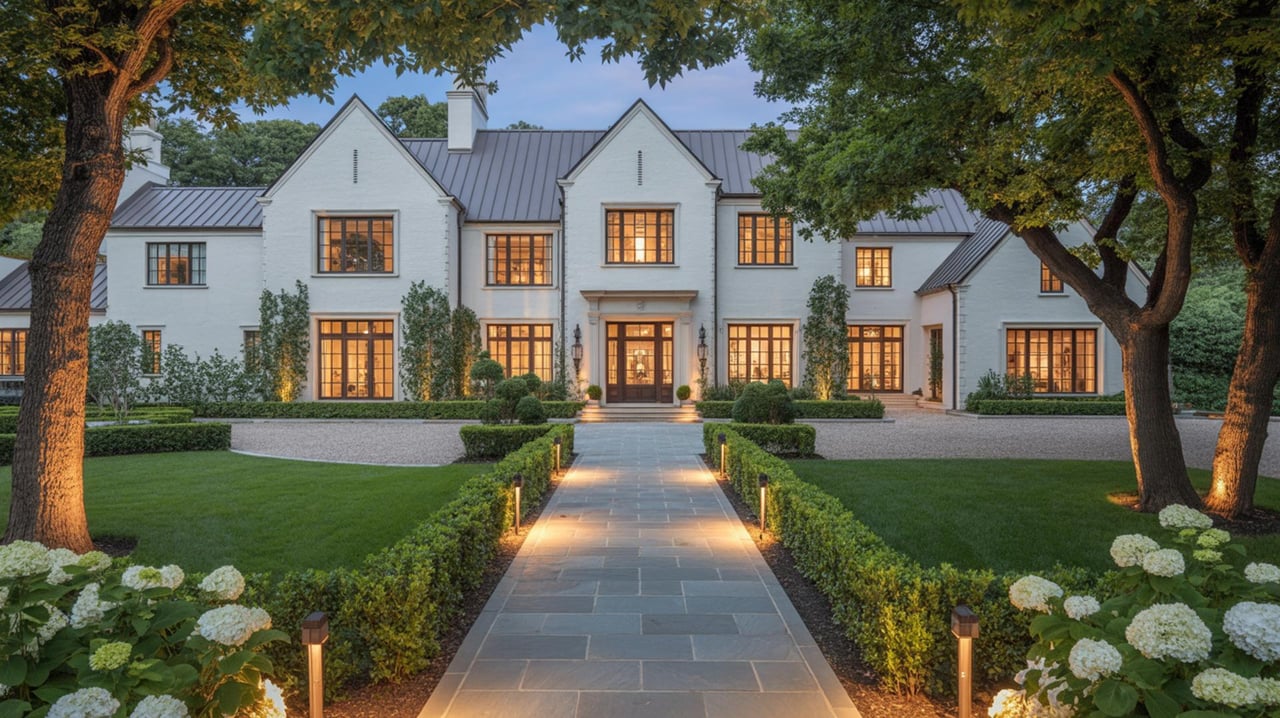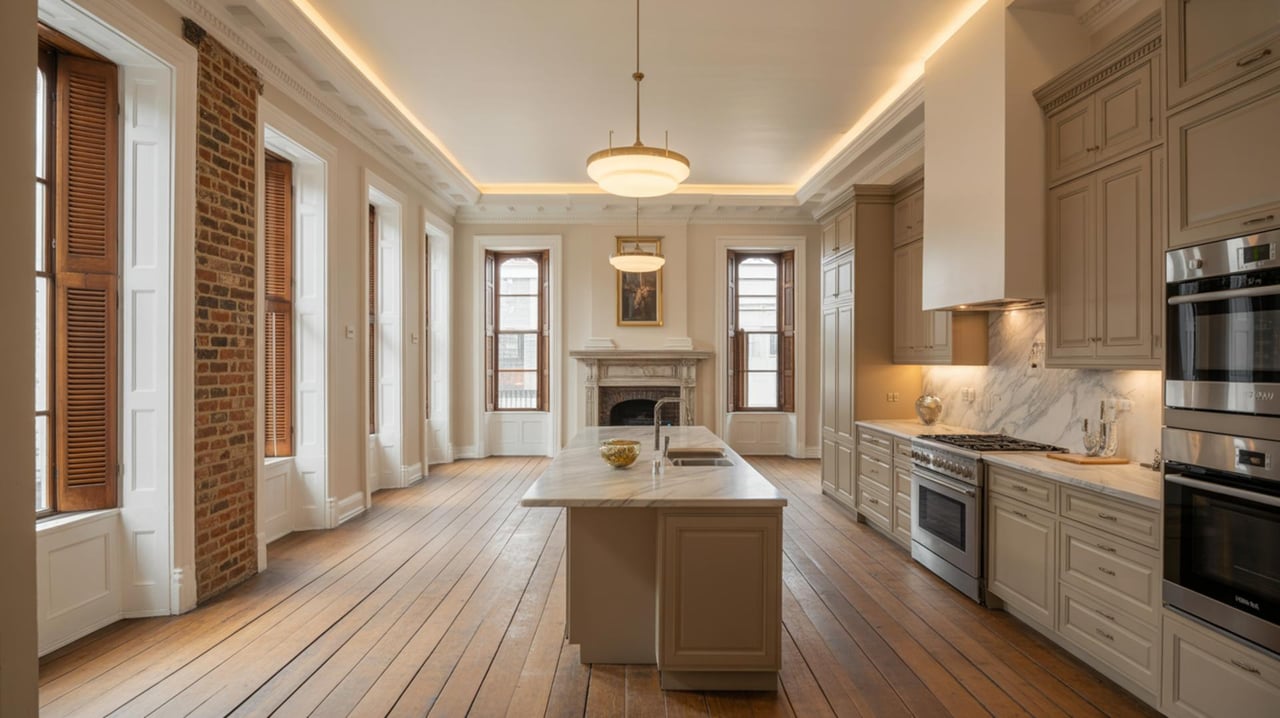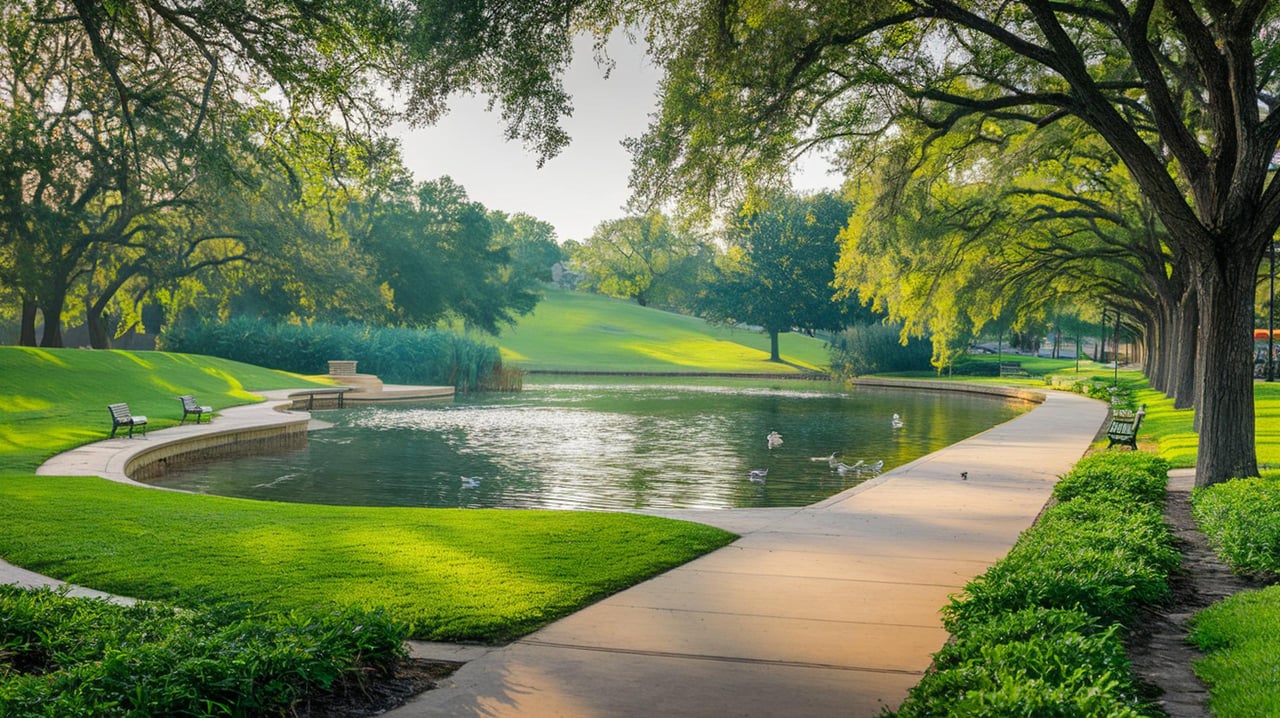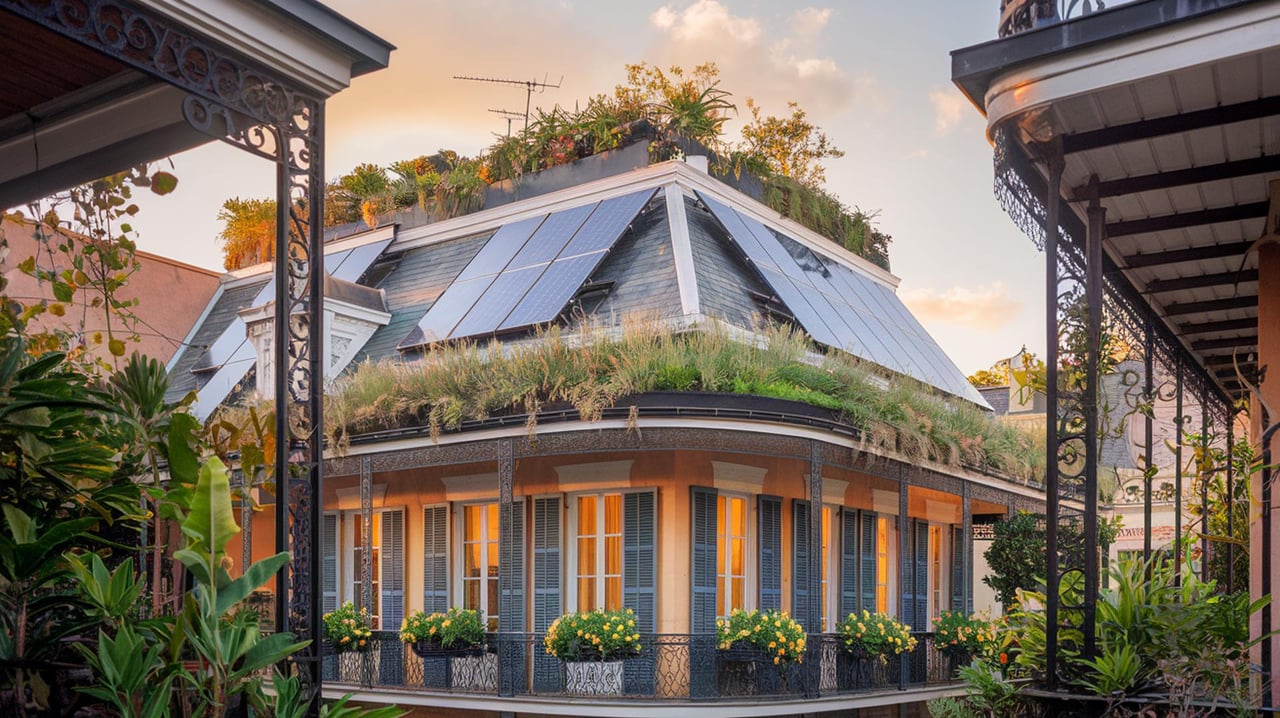Landscaping plays a pivotal role in enhancing the aesthetic appeal of a home. It is not just about planting trees and flowers; it's about creating a harmonious environment that complements the architecture of the house and enhances its curb appeal. In urban settings, where space can be limited, thoughtful landscaping can transform even the smallest of yards into a welcoming oasis. By investing in landscaping, homeowners can significantly increase their property's value and create a more inviting atmosphere for both residents and visitors.
Choosing the Right Plants for Your Climate
Selecting plants that thrive in your local climate is crucial for a successful landscape. Native plants are often the best choice as they are adapted to the local weather conditions and soil types. They require less maintenance and are more resistant to local pests and diseases. In areas with hot, dry climates, drought-tolerant plants such as succulents and cacti can be both practical and visually appealing. Conversely, in regions with more rainfall, lush greenery and flowering plants can create a vibrant landscape. Consulting with a local nursery or landscape professional can provide valuable insights into the best plant choices for your area.
Designing with Balance and Proportion
A well-designed landscape should have a sense of balance and proportion. This involves arranging plants, trees, and other elements in a way that creates a cohesive look. Symmetrical designs, where both sides of the landscape mirror each other, can create a formal and elegant appearance. Asymmetrical designs, on the other hand, offer a more relaxed and natural feel. Incorporating a variety of plant heights, colors, and textures can add depth and interest to the landscape. It's important to consider the mature size of plants to ensure they fit well within the space as they grow.
Incorporating Hardscaping Elements
Hardscaping refers to the non-plant elements of a landscape, such as pathways, patios, and retaining walls. These features add structure and functionality to a garden. For instance, a well-placed stone pathway can guide visitors through the garden and highlight key areas. Patios and decks provide outdoor living spaces that can be used for dining, entertaining, or simply relaxing. When choosing materials for hardscaping, it's important to consider durability, maintenance, and how they complement the overall design of the landscape.
Creating Outdoor Living Spaces
Outdoor living spaces extend the usable area of a home and provide a place to enjoy the outdoors. These spaces can range from simple seating areas to fully equipped outdoor kitchens. Comfortable furniture, shade structures, and lighting are key elements in creating a functional and inviting outdoor living space. Adding features such as a fire pit or water feature can enhance the ambiance and provide focal points within the landscape. Thoughtful design and quality materials can ensure that these spaces are both beautiful and durable.
Enhancing Curb Appeal with Front Yard Landscaping
The front yard is the first impression visitors have of a home, making it a critical area for landscaping. A well-maintained front yard with attractive plantings and a clear path to the front door can significantly boost curb appeal. Features such as flowering shrubs, ornamental trees, and seasonal flowers can add color and interest. It's also important to consider the view from the street and ensure that the landscape complements the architectural style of the home. Simple touches, like a well-placed planter or a welcoming front porch, can make a big difference.
Utilizing Vertical Gardening Techniques
Vertical gardening is an excellent solution for maximizing space in small yards or urban environments. By growing plants on walls, trellises, or vertical planters, homeowners can create lush, green spaces without taking up valuable ground area. Vertical gardens can also serve as privacy screens or decorative focal points. When planning a vertical garden, it's important to choose plants that are suitable for vertical growth and to ensure that the structure can support the weight of the plants. Regular maintenance, such as watering and pruning, is essential to keep vertical gardens looking their best.
Using Lighting to Highlight Features
Landscape lighting can enhance the beauty and functionality of a garden after dark. By strategically placing lights along pathways, around key features, and in trees, homeowners can create a warm and inviting atmosphere. Different types of lighting, such as spotlights, floodlights, and string lights, can be used to achieve various effects. Solar-powered lights are an eco-friendly option that can reduce energy costs. It's important to consider the placement and intensity of lights to avoid creating glare or overly bright areas.
Implementing Sustainable Landscaping Practices
Sustainable landscaping practices can reduce environmental impact and create healthier outdoor spaces. This includes using native plants, conserving water, and reducing the use of chemicals. Techniques such as mulching, composting, and rainwater harvesting can improve soil health and reduce water usage. Designing landscapes to support local wildlife, such as birds and pollinators, can also enhance biodiversity. By prioritizing sustainability, homeowners can create landscapes that are both beautiful and environmentally friendly.
Maintaining Your Landscape
Regular maintenance is essential to keep a landscape looking its best. This includes tasks such as mowing, pruning, weeding, and fertilizing. Seasonal maintenance, such as planting annuals or preparing the garden for winter, is also important. Developing a maintenance schedule can help ensure that tasks are completed in a timely manner. For those who prefer not to handle maintenance themselves, hiring a professional landscaping service can provide peace of mind and ensure that the landscape remains in top condition.
Considering the Long-Term Growth of Your Landscape
When planning a landscape, it's important to consider how it will change over time. Plants grow and mature, and their needs may change as they do. Planning for the long-term growth of trees and shrubs can prevent overcrowding and ensure that the landscape remains balanced. Regularly assessing the landscape and making adjustments as needed can help maintain its beauty and functionality. By considering the future, homeowners can create landscapes that continue to enhance their homes for years to come.
Transform Your Home with Stunning Landscaping
Enhancing your home's landscape is a simple yet effective way to boost its aesthetic appeal and overall value. By investing in thoughtful landscaping, you create a welcoming environment that reflects your personal style. Whether you're planning to sell or simply want to enjoy a more beautiful home, the right landscape design can make all the difference. For expert advice and personalized solutions, contact Amberly Stuart today to start transforming your outdoor space.



